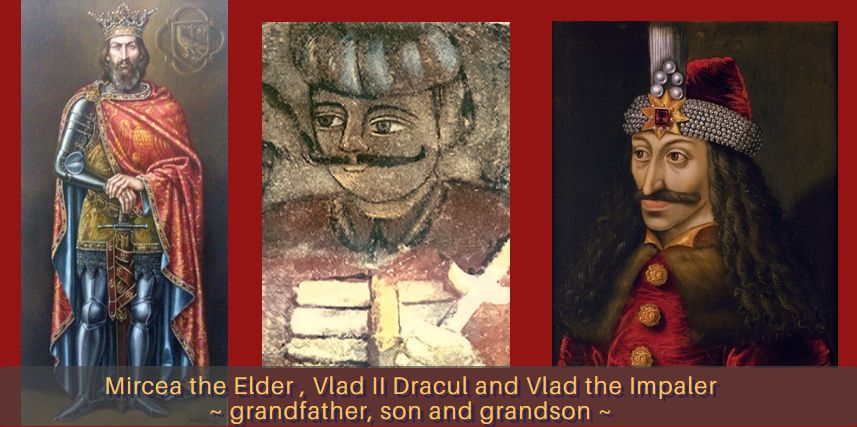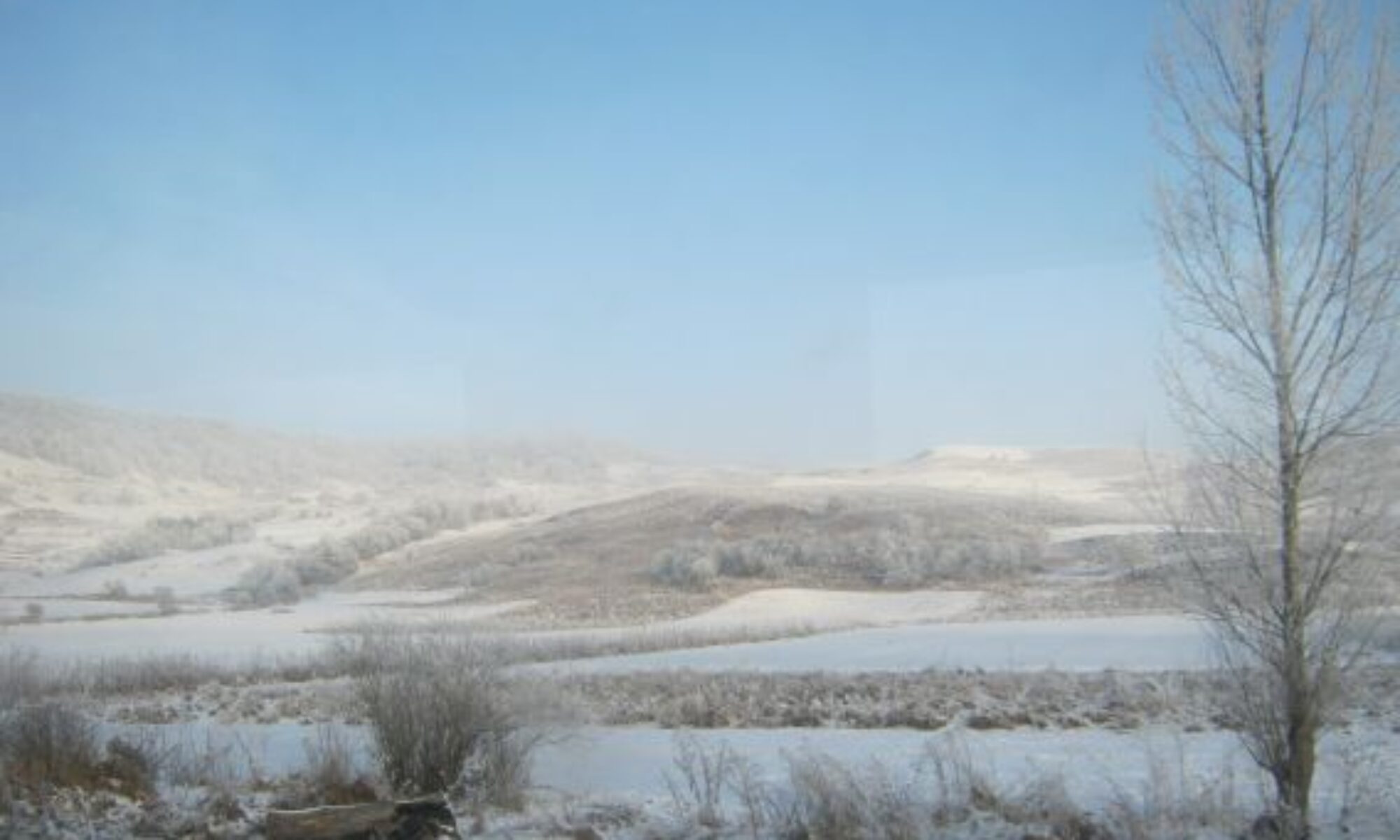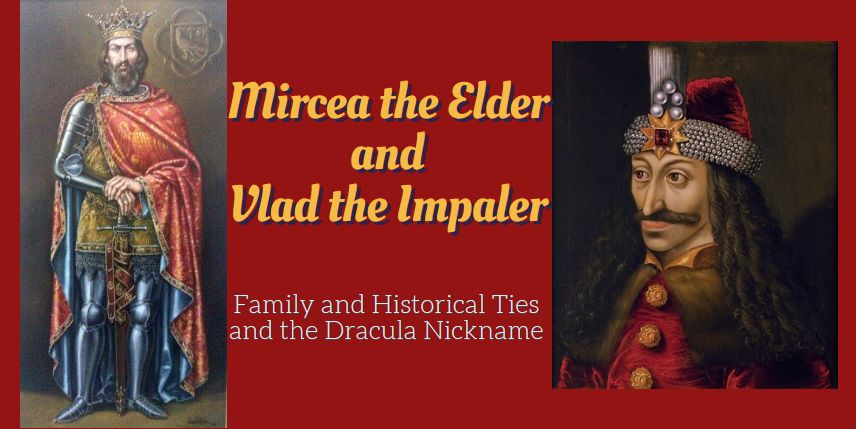Without the great courage and patriotism of Mircea the Elder, grandfather to Vlad the Impaler, ‘Vlad Dracul‘, Vlad Draculea in Romanian or Dracula the nickname may not have existed.
Sometimes history whispers, and the tales it tells are worth listening to and passing on.
It was in 1395 on this day, March 7, when Mircea the Elder, or Mircea I of Walachia, (Mircea cel Batran in Romanian) signed a coalition treaty with Holy Roman Emperor Sigmund of Luxembourg, King of Hungary and Croatia, king of Germany from 1411, king of Bohemia from 1419 and king of Italy from 1431. The treaty was signed in the beautiful city of Brasov (then Kronstadt) and initiated a military coalition against the Ottoman Empire.
Historical conjunctures during the 14th century Europe
Try to conjure your knowledge of Medieval Europe. Around the 14th century, when The Black Death claimed million of lives, when the Kingdoms of England and France were tormented by the Hundred Years’ War, but also when chivalry was reaching its peak and knights rode in shinning armors, ready to die for an ideal.
At the very same time, Eastern Europe was facing the Ottoman Empire’s increase in power. And the one land that stood in the way of the Turkish countless invasions, fighting them off and acting as a buffer for the Western Europe was Romania, back then still split into Walachia (Tara Romaneasca), Moldavia and Transylvania (incorporated in Hungary, later Holy Roman Empire).

It was imperative for King Sigismund to strike a military alliance with the rulers of Wallachia, Mircea I at that time, if he wanted to keep his empire intact. Don’t you think so? Good planning…
Sigismund of Luxembourg and the Order of the Dragon
Inspired by the military orders of the Crusades , the Order of the Dragon (Societas Draconistarum, Society of the Dragonists) was a monarchical chivalry founded in 1408 by King Sigismund of Luxembourg. Its members were expected to defend Christianity against all enemies, especially the Muslim Ottoman Empire, and the order was awarded only to few selected members of the nobility.

One such exemplary warrior was Vlad II, the second son of Mircea the Elder. King Sigismund of Luxembourg held Vlad II in highest regard and awarded him the Order of the Dragon on the 8th of February 1431 in Nuremberg for ultimate services in the gruesome fight against the Ottoman Empire.
Vlad II was later known as Vlad Dracul II, Prince of Wallachia, as in Romanian language dragon had close connotations and resonance with dracul, the Romanian word for devil.
Mircea the Elder was Prince of Wallachia from 1386 until his death in 1418.
Vlad II, his son, was Prince of Wallachia from 1436 to 1442 and again from 1443 to 1447.
Vlad III Dracula, Vlad Tepes, Vlad the Impaler, born in 1431 in Sighisoara (some sources state 1429), was the middle son of Vlad Dracul II and grandson of Mircea the Elder (from the Basarab Dynasty).

History whispers to us today. Mircea the Elder, through his military campaigns and political ties with King Sigismund of Luxembourg, paved the road for Vlad II to join the military coalition against the Ottoman Empire (did he even had a say?) and be awarded the Order of the Dragon later inherited by Vlad the Impaler, Vlad Tepes, and the nickname the Dragon, Dracul, was passed on.
Perhaps without Mircea the Elder we would not have Dracula, Vlad Dracul, after all…

Discover all my books on Amazon worldwide.


3 Replies to “Mircea the Elder and Vlad the Impaler, Family and Historical Ties #Im4Ro”
Comments are closed.